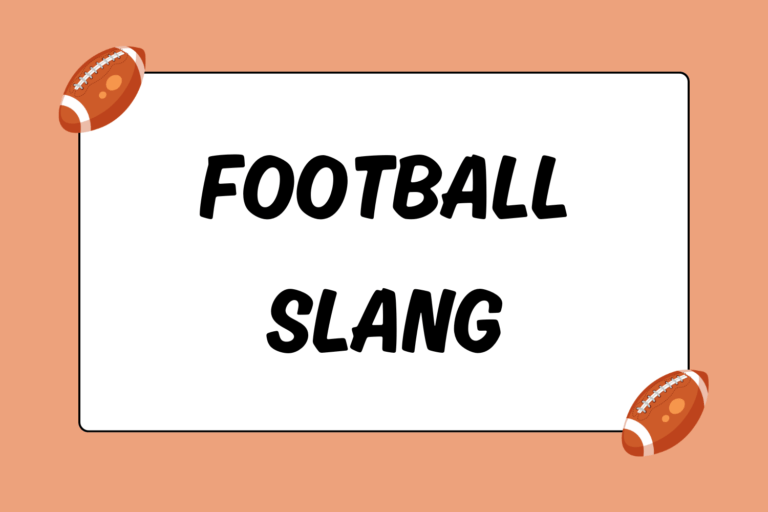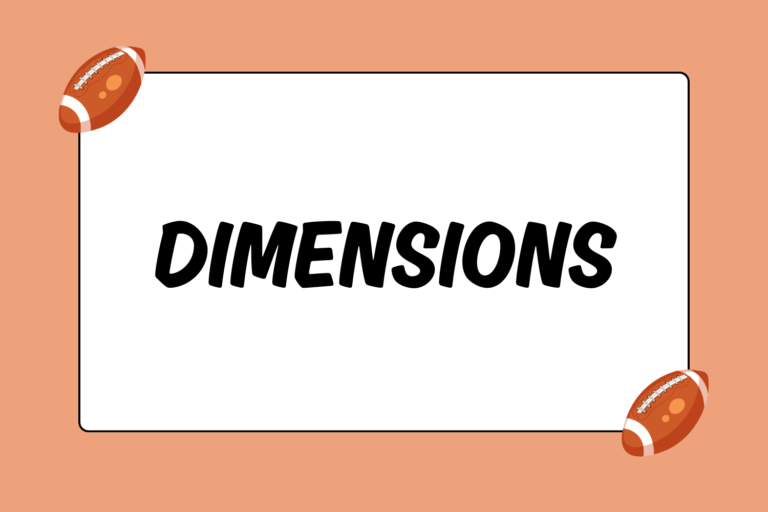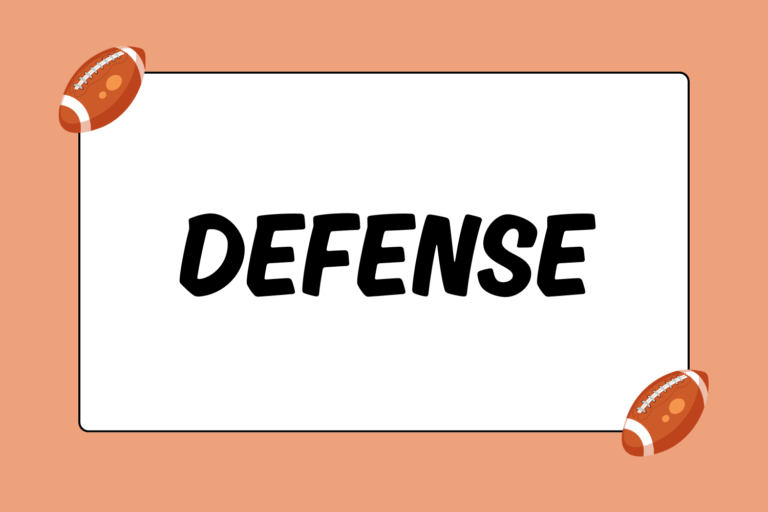There are several good reasons that quarterback is considered the most important position in football, though not all of them have to do with physical ability. One such example is a QB’s overall decision-making ability — the choices, both pre and post-snap, he makes that direct and influence the course of a play. After all, if a quarterback drops back to pass but fails to notice the safety that’s blitzing from the blind side, chances are good the pass will be interrupted. Chances are also pretty good that the QB will get plastered to the ground, as well.
While it’s important for the QB to make smart decisions once the play is underway, his ability to read the defense prior to the snap has a direct impact on the quality of those decisions. This guide explains the process involved in reading a defense.
The Pre-snap Read
A good quarterback constantly analyzes the defense right up until the moment that the ball leaves his hand. This is especially true for passing plays; if a QB hands the ball off to a running back immediately after the snap, there really isn’t enough time to continue evaluating the defense after the snap. But when preparing to throw the ball, the QB should constantly evaluate the options at his disposal — which receivers are covered, which are open, how much time he has to throw the ball, etc.
Such decisions are made much easier with a solid pre-snap read: After the players on both sides have lined up, but before the ball is snapped, the QB should study the defense and try to recognize any tell-tale characteristics that reveal the defense’s strategy or plan of attack.
Mental Edge
The amount of time a QB spends looking over video footage of a defense directly impacts his ability to read that defense. Learning about the situational tendencies of an opposing team helps quarterbacks anticipate and exploit those tendencies.
What to Look for in the Pre-snap Read
Like many other aspects of the game, there’s a lot that happens with the pre-snap read in a very short amount of time. How much time he spends exactly, though, depends on the QB’s ability to read a defense, as well as the time remaining on the play clock.
Here’s a list of some of the more pertinent characteristics to look at when reading a defense:
- Overall arrangement of players: The defensive formation provides some insight to the type of play the defense is anticipating. If the players are in a 4-3, they’re betting it’s a run play. Likewise, a Dime formation says they anticipate a pass.
- Number of players in the box: Generally, the more players in the box, the more the defense will work to stop the run. It also indicates a higher likelihood that someone will blitz.
- Number of defensive backs: When one non-back defender is replaced by an additional D-back, it usually means the defense is focused on disrupting the passing game.
- Arrangement of the defensive backs: This element has the most variables of all, which can make it difficult to analyze. For example, two D-backs covering one receiver could mean that said receiver will be double covered. It could also mean that one of those D-backs is about to blitz, and is using that covering position as a disguise.
- Pre-snap movement: If there’s enough time, use a good hard count. If it’s believable enough, you could catch a blitzing linebacker or safety lurching forward.
The Limits of the Read
A good quarterback analyzes these (and several other) characteristics. However, a good defense will go to lengths to complicate the read for the QB. The defense is allowed to move around on their side of the line of scrimmage before the snap, and many players use this to their full advantage. Though D-lineman and linebackers are limited in this capacity, D-backs regularly disguise the coverage in an effort to throw off the QB’s read. As a result, no read will be 100 percent accurate every time. That’s part of what makes playing football so exciting!





